Research on the Heterogeneity and Driving Force of Cultural Tourism Integration in Western China under the New Normal—A Case Study of Shaanxi Province
DOI: 10.23977/tmte.2023.060601 | Downloads: 30 | Views: 1193
Author(s)
Qian Zhao 1, Yining Zhu 2, Mingchen Tian 1
Affiliation(s)
1 School of Economics, Northwest University of Political Science and Law, Xi'an, 710122, China
2 The People's Bank of China, Qingdao Branch, Qingdao, 266071, China
Corresponding Author
Qian ZhaoABSTRACT
This paper takes Shaanxi Province as an example to explore the effect and driving factors of cultural and tourism integration in western China. It analyses the effect of cultural industry and tourism industry integration and the driving factors affecting integration in various regions of Shaanxi Province from 2011 to 2020 through a coupled coordination model and a driving force panel model. The results show that the coordination degree of cultural tourism coupling in various cities in Shaanxi Province is on the rise as a whole, but the regional imbalance and inadequacy are prominent, and the types of coordination degree of coupling are quite different. The level of cultural and tourism integration in the province declines significantly due to the impact of the new crown epidemic. From the perspective of driving factors, there is an "inverted U-shaped" relationship between government policy support and the integration development, and the marginal effect of policies starts to decrease. Under the new normal of economy, more attention should be paid to innovation drive. At present, the role of technological innovation in integrated development needs to be improved. There is a mismatch between supply and demand in the human capital market. It is suggested to accelerate the use of technological innovation to promote the development of large-scale high-quality projects, strengthen regional linkage, stimulate the vitality of market players, improve the innovative talent training mechanism, and accelerate the production and construction of industrial content from the supply side.
KEYWORDS
Cultural industry; tourism industry; coupling coordination degree; driving force; Shaanxi ProvinceCITE THIS PAPER
Qian Zhao, Yining Zhu, Mingchen Tian, Research on the Heterogeneity and Driving Force of Cultural Tourism Integration in Western China under the New Normal—A Case Study of Shaanxi Province. Tourism Management and Technology Economy (2023) Vol. 6: 1-10. DOI: http://dx.doi.org/10.23977/tmte.2023.060601.
REFERENCES
[1] Fu C. W., On the Inner Logic of the Integration of Culture and Tourism [J]. Journal of Wuhan University (Philosophy and Social Sciences Edition), Vol. 2, 2020, pp. 89-100.
[2] Tighe, A. J. The Arts/Tourism Partnership [J]. Journal of Travel Research, Vol. 24, No. 3, 1986, pp. 2-5.
[3] Piscitelli, M. Preservation of paths for a sustainable tourism in the Amalfi coast [J]. Journal of Heritage and Sustainable Development, Vol. 1, No. 1, 2011, pp: 41~48.
[4] Feng J. Where to Start with the Integration of Culture and Tourism [J]. People's Forum, No. 32, 2018, pp. 86-87.
[5] Xu C. R., Zhao Y. Z., Gao J. Research Progress and Enlightenment on the Integration of Culture and Tourism at Home and Abroad: A Literature Review [J]. Journal of Tourism, No. 8, 2020, pp. 94-104.
[6] Hou B., Zhou X. Q. Measurement and Evaluation of the Integration Situation of Cultural Industry and Tourism Industry in the Yangtze River Delta Region [J]. Journal of Economic Geography, No. 11, 2015, pp. 211-217.
[7] Weng G. M., Li L. Y. Coupling Coordination Degree and Spatial Correlation Analysis of the Integration Development of China's Tourism and Cultural Industry [J]. Journal of Economic Geography, No. 1, 2016, pp. 178-185.
[8] Wang X. T. Analysis of the spatiotemporal pattern and influencing factors of the integrated development of cultural tourism industry [J]. Journal of Statistics and Decision, No. 21, 2022, pp. 98-101.
[9] Wang Y., Ma B. The Development of Western Tourism Industry and the Implementation of Government Functions [J]. Lanzhou Academic Journal, No. 1, 2002, pp. 56-57.
[10] Duan Z. W., Zhang Z. Q., Wang Y. Y. The Path to Enhance the Cultural Tourism Industry in Shaanxi Province [J]. Journal of Chang'an University (Social Science Edition), No. 6, 2017, pp. 11-17.
[11] Liao C. B. Quantitative Evaluation and Classification System of the Coordinated Development of Environment and Economy - Taking the Urban Agglomeration of the the Pearl River Delta as an Example [J]. Journal of Tropical Geography, No. 2, 1999, pp. 76-82.
[12] Dan H. Y., Xu W. M. Analysis of the Causes and Effects of the Integration of Tourism and Cultural Industries - Taking Sichuan as an Example [J]. Journal of Ecological Economy, No. 7, 2015, pp. 110-113+117.
[13] Zhou C. B. The Integration Motivation of Cultural Industry and Tourism Industry: Theory and Evidence [J]. Journal of Enterprise Economy, No. 8, 2018, pp. 146-151.
[14] Liu A. L., Yang C. Y., Ming Q. Z., Zhang H. M., Lu B. Y. The Coordinated Situation and Driving Forces of China's Cultural Industry and Tourism Industry [J]. Journal of Economic Geography, No. 6, 2020, pp. 203-213.
[15] Guo K. S. Supply Side Structural Reform [J]. Journal of Economic Research, No. 5, 2022, pp. 4-12.
| Downloads: | 13088 |
|---|---|
| Visits: | 411232 |
Sponsors, Associates, and Links
-
Information Systems and Economics

-
Accounting, Auditing and Finance
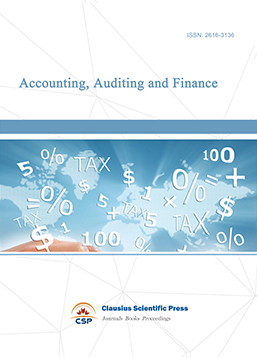
-
Industrial Engineering and Innovation Management
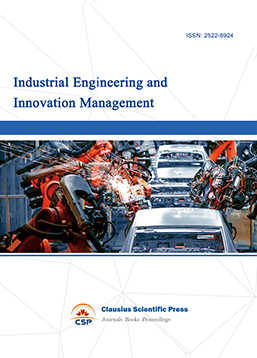
-
Journal of Computational and Financial Econometrics
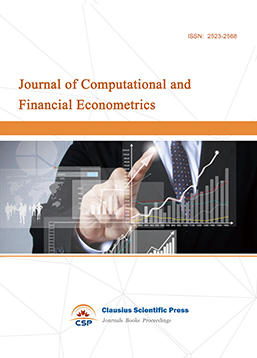
-
Financial Engineering and Risk Management
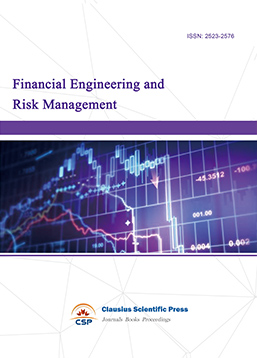
-
Accounting and Corporate Management
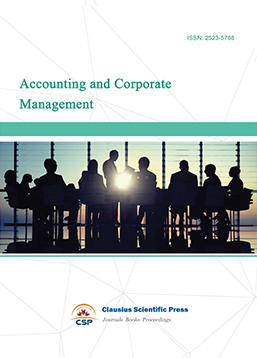
-
Social Security and Administration Management
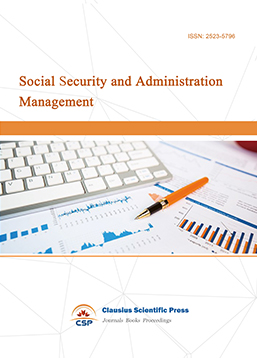
-
Population, Resources & Environmental Economics
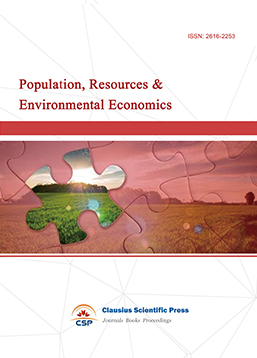
-
Statistics & Quantitative Economics
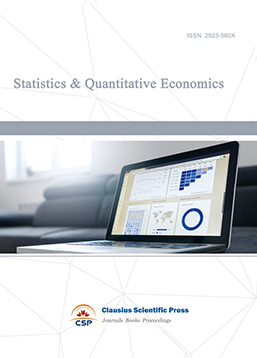
-
Agricultural & Forestry Economics and Management
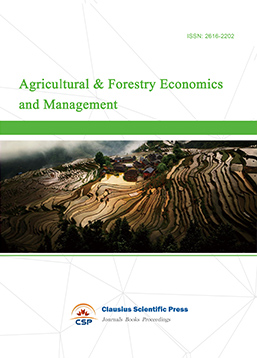
-
Social Medicine and Health Management
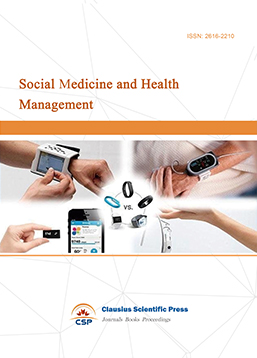
-
Land Resource Management
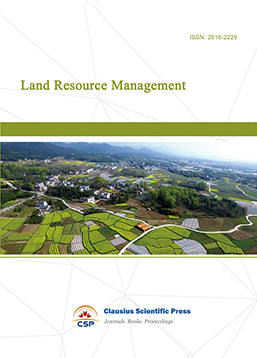
-
Information, Library and Archival Science
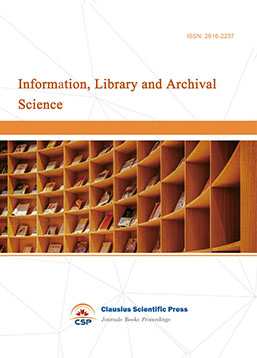
-
Journal of Human Resource Development

-
Manufacturing and Service Operations Management

-
Operational Research and Cybernetics
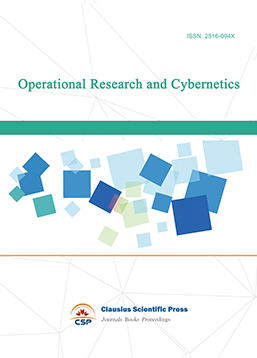

 Download as PDF
Download as PDF